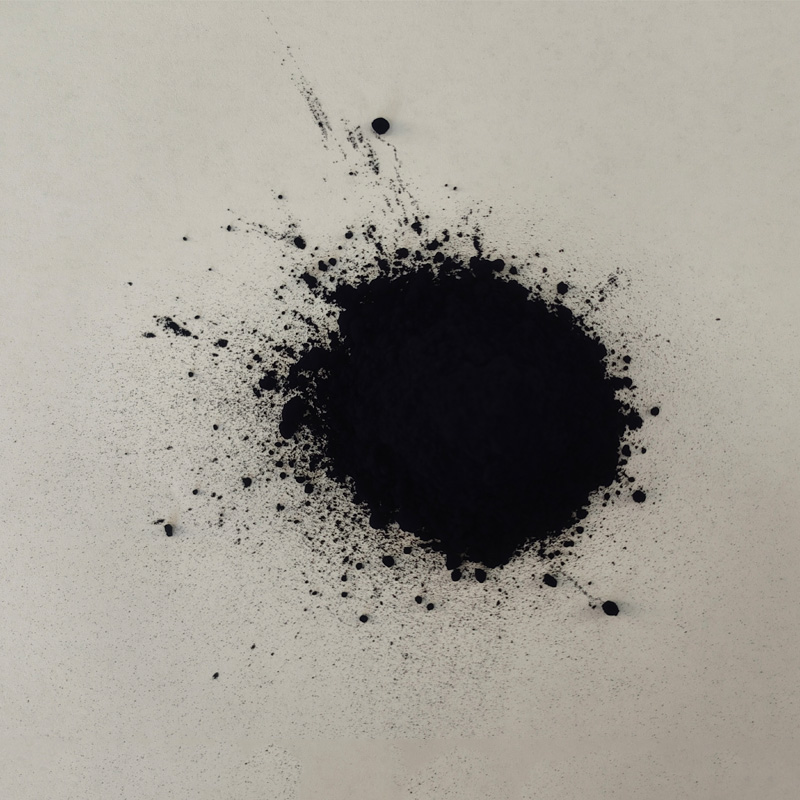Exploring the Vibrant Color Spectrum of Indigo Powder Products for Creative Uses and Applications
The Rich Color Spectrum of Indigo Powder A Dive into Tradition and Innovation
Indigo powder, derived from the leaves of the Indigofera plant, has a rich history and is renowned for its deep, vibrant blue color. This natural dye has been used for centuries across various cultures for textile dyeing, body art, and even food coloring. As we delve into the subject of indigo powder, particularly its color properties, we discover not only its aesthetic appeal but also its cultural significance and modern applications.
The Color Properties of Indigo Powder
At the heart of indigo powder’s allure is its striking color, which ranges from dark navy to a bright, almost electric blue, depending on its source and processing methods. The color of indigo is often described as complex; it has the ability to shift under different lighting conditions, showcasing a spectrum that spans from dark to bright hues. This unique quality makes it immensely popular in various art forms and fashion applications.
The primary pigment present in indigo powder, indigo dye, is a natural pigment known for its remarkable lightfastness. This attribute allows fabric dyed with indigo to retain its rich color over time, contributing to the fabric’s character as it ages. Unlike synthetic dyes, which can fade and lose vibrancy, indigo often becomes more beautiful with wear, developing a unique patina that tells a story of use and history.
Cultural Significance
Indigo powder is not just a visually stunning substance; it carries profound cultural significance. Ancient civilizations, including those in Egypt, India, and Africa, have utilized indigo as a dye for centuries. In regions like India, the “blue gold” has played a critical role in the economy and cultural identity, prompting countless artisans and communities to engage in the traditional practice of dyeing.
colour of indigo powder product

In addition to its traditional uses, indigo has become a symbol of resistance and cultural heritage. In the United States, indigo represents the rich history of Afro-American artisans who cultivated and dyed textiles, contributing to the fabric of American culture. The color blue has often been associated with spirituality and tranquility in various cultures, further enhancing its significance in art and tradition.
Modern Applications and Sustainability
In contemporary times, the revival of natural dyes, including indigo powder, has gained momentum as consumers increasingly opt for sustainable and eco-friendly products. The fashion industry, which has historically relied on synthetic dyes, is now embracing indigo for its non-toxic nature and minimal environmental impact. Organic cotton dyed with indigo powder is a popular choice among brands that prioritize ethical practices.
The trend towards natural dyes also highlights a broader societal shift towards sustainability. As the world grapples with the environmental impacts of fast fashion, the use of indigo powder serves as a reminder of the importance of tradition and the value of artisanal craftsmanship. Designers are rediscovering the beauty of traditional dyeing techniques, leading to a fusion of old and new aesthetics that appeal to a modern audience.
Conclusion
Indigo powder and its captivating colors weave a complex narrative of culture, history, and sustainability. From its deep roots in tradition to its revival in contemporary applications, indigo remains a powerful symbol of creativity and resilience. As we continue to explore the world of natural dyes, the rich color of indigo powder stands out not only for its visual impact but also for its ability to inspire a deeper appreciation for the craftsmanship and stories behind every hue. In a world increasingly focused on sustainability, indigo powder offers a bridge between the past and the future, connecting us to the wisdom of those who came before us while inspiring the innovators of tomorrow.
-
The Timeless Art of Denim Indigo Dye
NewsJul.01,2025
-
The Rise of Sulfur Dyed Denim
NewsJul.01,2025
-
The Rich Revival of the Best Indigo Dye
NewsJul.01,2025
-
The Enduring Strength of Sulphur Black
NewsJul.01,2025
-
The Ancient Art of Chinese Indigo Dye
NewsJul.01,2025
-
Industry Power of Indigo
NewsJul.01,2025
-
Black Sulfur is Leading the Next Wave
NewsJul.01,2025

Sulphur Black
1.Name: sulphur black; Sulfur Black; Sulphur Black 1;
2.Structure formula:
3.Molecule formula: C6H4N2O5
4.CAS No.: 1326-82-5
5.HS code: 32041911
6.Product specification:Appearance:black phosphorus flakes; black liquid

Bromo Indigo; Vat Bromo-Indigo; C.I.Vat Blue 5
1.Name: Bromo indigo; Vat bromo-indigo; C.I.Vat blue 5;
2.Structure formula:
3.Molecule formula: C16H6Br4N2O2
4.CAS No.: 2475-31-2
5.HS code: 3204151000 6.Major usage and instruction: Be mainly used to dye cotton fabrics.

Indigo Blue Vat Blue
1.Name: indigo blue,vat blue 1,
2.Structure formula:
3.Molecule formula: C16H10N2O2
4.. CAS No.: 482-89-3
5.Molecule weight: 262.62
6.HS code: 3204151000
7.Major usage and instruction: Be mainly used to dye cotton fabrics.

